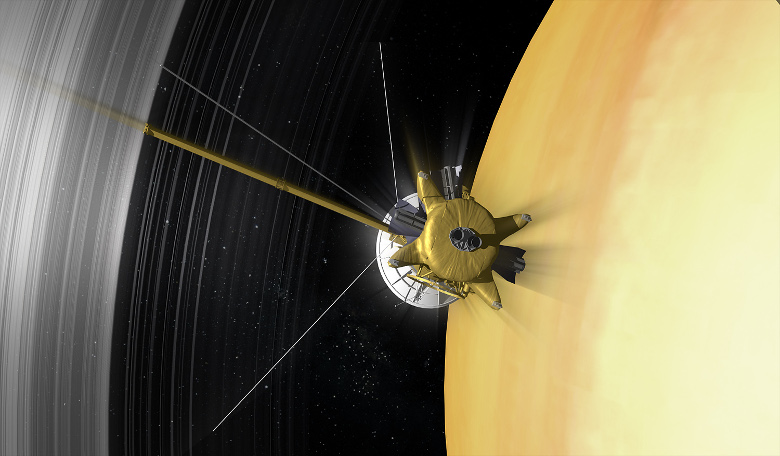2016 was a momentous year for many reasons; it saw a paradigm shift in politics across the world from the UK choosing to leave the EU, to the US electing Donald Trump as their next president.
It was also the year that saw the passing of many prominent figures in the arts and entertainment industry, from David Bowie, Prince, Alan Rickman and Carrie Fisher to name but a few, to those in science and technology who helped advance our understanding of the Universe around us; Piers Sellers, John Glenn, Vera Rubins, Ann Caracristi and Deborah Jin, again, to name but a few…. The list it seemed was pretty endless.
On a lighter note, 2016 also saw the announcement of one of the greatest scientific discoveries in astronomy and physics - the detection of gravitational waves – ripples in the fabric of spacetime first predicted by Albert Einstein over a century ago.
Scientists also discovered the nearest exoplanet to us orbiting our nearest star, Proxima B, speculating that it might be a water-world similar to our own, ESO sent a Trace Gas Orbiter to Mars (ExoMars), but lost sight of its lander, JUNO arrived at Jupiter and sent some images back, the OSIRIS-REx spacecraft jetted off towards Bennu and Philae’s final resting place was found shortly before Rosetta ended its mission by crash landing on comet 67P/Churyumov-Gerasimenk.
Back on Earth, SpaceX went from strength to strength, as did Virgin Galactic and Blue Origin.
And if that wasn’t enough, plans for the first ever space nation known as Asgardia were announced by Russian Scientist Igor Ashurbeyli.
So what do we have to look forward to in 2017 in terms of astronomical discoveries? Although JUNO and ExoMars are now in place to extend our knowledge of these two planets, Cassini, which did the same for Saturn and its moons, will terminate its mission in July, but not before diving between Saturn’s uppermost atmosphere and its innermost ring 22 times. During its Grande Finale the spacecraft will collect valuable information far beyond the mission’s original plan, including sampling the atmosphere and ionosphere, measuring Saturn’s gravitational and magnetic fields, determining ring mass, and making the last views of Enceladus.
Chang’e 5, China’s unmanned mission to the moon is expected to land on the lunar surface this year and is expected to bring back to Earth at least two kilograms of rock and soil samples. TESS, the Transiting Exoplanet Survey Satellite which is planned to discover thousands of exoplanets in orbit around the brightest stars in the sky has been selected by NASA for launch in 2017, although this yet to be confirmed.
Closer to home, the Gravity Recovery and Climate Experiment Follow-on (GRACE-FO) mission is due for launch in 2017. The GRACE missions measure variations in gravity over Earth's surface, producing a new map of the gravity field every 30 days. The Cold Atom Laboratory (CAL) will make use of the space station's unique microgravity environment to observe quantum phenomena that would otherwise be undetectable from Earth and is scheduled for launch and instalment on the ISS in April.
Last, but certainly not least, SpaceIL (Israel), Moon Express (US), Synergy Moon (International), and Team Indus (India) will find out at the end of this year, who will be the recipient of the $20 million Google Lunar X grand prize.
Watch this space, so the saying goes...











